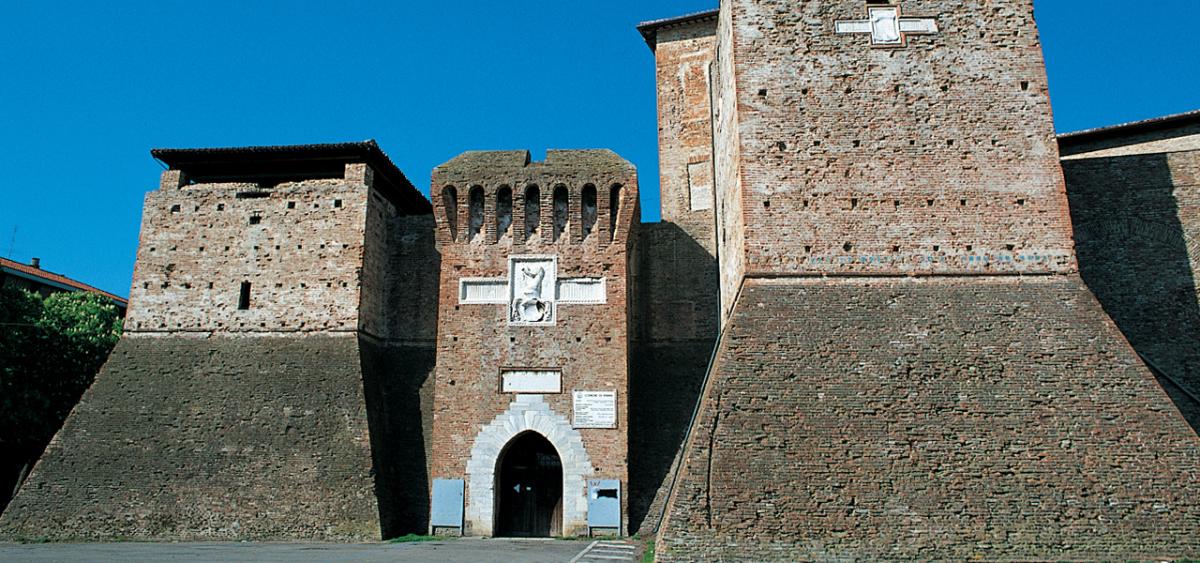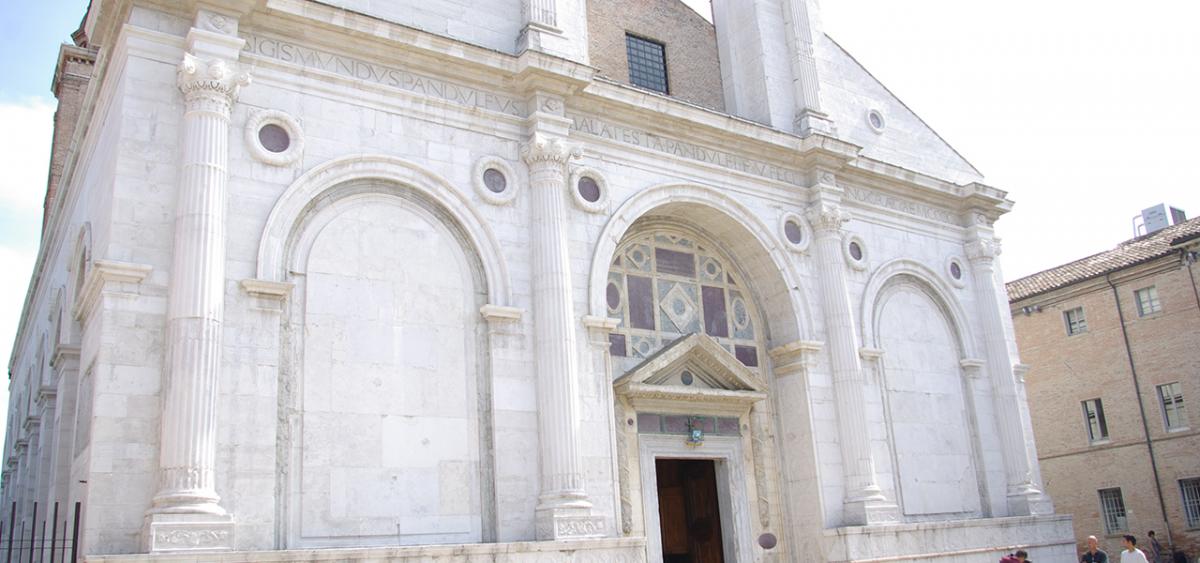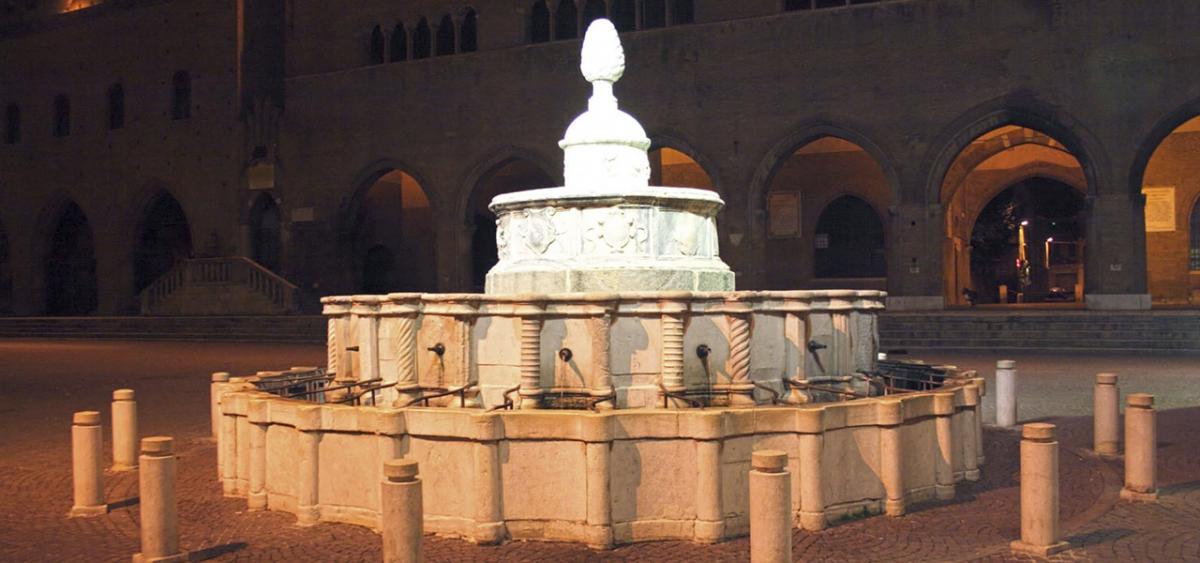
Guida pratica
Renaissance Itinerary
Castel Sismondo or Malatesta Fortress

Building work on Sigismondo Malatesta’s residence-fortress began in 1437 and lasted around 15 years. Today, unfortunately only the central nucleus remains. The castle appears on numerous Malatesta medals as well as on Piero della Francesca’s fresco in the Malatesta Temple where it is depicted with towers, walls, a wide moat and an imposing keep.
On the inscription at the entrance, Sigismondo claims responsibility for the building ex fundamentis, but it actually incorporated several older buildings. In the 17th century, the building became a Papal fortress and was then used as a prison until 1967. Nowadays, it is the prestigious venue for numerous cultural events.
The Malatesta Temple

Giotto decorated the Temple, which was built on the site of the 13th century church of San Francesco, and indeed one of his wooden crucifixes is still housed inside. It was conceived by Sigismondo Pandolfo Malatesta as a memorial tomb for his family and although building work began in 1447 it was still incomplete on his death. The temple was designed by Leon Battista Alberti and Matteo dei Pasti and Agostino di Duccio created the bas-relief decorations in the chapels, which highlight the dominant personality of the commissioner who was celebrated by Piero della Francesca in his fresco of the prince and San Sigismondo.
The temple, which was recently consecrated a basilica, has undergone restoration work financed by the Cassa di Risparmio di Rimini Foundation. Its completion, in Jubilee year, returned the marble and bright colours of the interior chapels to their former splendour.
Pigna Fountain

The heart of medieval Piazza Cavour is the fountain, which also features in the painting of the city housed in the Malatesta Temple. Even Leonardo da Vinci was enchanted by the harmony of the waterspouts when he passed through Rimini in 1502.
Giovanni Carrari from Bergamo restored it after damage caused in 1540 by fireworks placed in the tub to celebrate a high prelate lending it its present shape, which respects the original ancient layout. A statue of Saint Paul once crowned the fountain but was replaced in the nineteenth century by the 'Pigna' (pine cone) that gives the fountain its name.

©2016-2023 Assessorato al turismo / Comune di Rimini, Piazzale Fellini 3 47921 - Rimini - +39 0541 704587 / Ufficio Informazioni Turistiche (IAT) +39 0541 53399 / fax +39 0541 56598 / Statistiche web

